 If you’re looking for an interesting day trip to get away from the hustle and bustle of Tokyo, you might want to consider visiting Kawagoe in Saitama prefecture. Kawagoe is known as “Little Edo,” and there are many places of interest to visit in the city and surrounding area. Kawagoe is only about a 40-minute train ride from Ikebukuro on the Seibu-Tojo Line, so it is possible to leave in the morning and return home by dark.
If you’re looking for an interesting day trip to get away from the hustle and bustle of Tokyo, you might want to consider visiting Kawagoe in Saitama prefecture. Kawagoe is known as “Little Edo,” and there are many places of interest to visit in the city and surrounding area. Kawagoe is only about a 40-minute train ride from Ikebukuro on the Seibu-Tojo Line, so it is possible to leave in the morning and return home by dark.
In addition to historical sites such as the 500 Statues of Rakan (五百羅漢) which is the focus of this piece, you can also see the the Kawagoe festival in mid-October, the kurazukuri fire-resistant storehouses, and the famous old bell tower that still rings four times a day called tokinokane. If temples are your thing, the Muryoju Temple which has 3 main sites are all located within walking distance of the town. One of the sites, the Kitain Temple (喜多院), is home of the famous 500 Statues of Rakan.
Once you arrive at the Kitain Temple area you’re near the Statues of Rakan. The entrance can be a little difficult to spot, but it’s behind a fence and the entrance has a booth selling souvenirs as well as tickets to go see the statues. Upon entering the 500 Statues of Rakan area, you’ll be faced with the breathtaking scene of hundreds of stone statues of people densely packed together just about as far as the eye can see.
Most gardens have statues in them – this is a garden of statues. The sheer number of stone figures is immediately impressive, but taking a closer look will surprise the visitor even more. These statues were created over an approximately 50-year period from 1782 to 1825. Each statue has a unique expression and is said to represent a particular human emotion. The expressions are all so detailed that they literally seem to come to life. It sounds cliché, but take a look at the photos and judge for yourself. One of the pictures included in this article shows two of the most frequently photographed Statues of Rakan.
 The two statues are arranged such that the old men appear to be engaged in conversation as one leans over to lend his ear. It’s difficult not to imagine what they could be talking about. It’s easy to spend thirty minutes just wandering amongst the statues appreciating every detail. Originally there were 536 statues, but the number now has dwindled to the 305 that are on display. Rumor has it that if you feel each statue at night, eventually you’ll notice one that is warm. If you mark that spot with a coin, and then come back again in the daytime, you will have found the statue that most resembles a parent who has passed away. Another version of the same legend says that the statue will best reflect your own personal disposition. Of course, the area is closed off after dark, so it’s not actually possible to legally test this theory.
The two statues are arranged such that the old men appear to be engaged in conversation as one leans over to lend his ear. It’s difficult not to imagine what they could be talking about. It’s easy to spend thirty minutes just wandering amongst the statues appreciating every detail. Originally there were 536 statues, but the number now has dwindled to the 305 that are on display. Rumor has it that if you feel each statue at night, eventually you’ll notice one that is warm. If you mark that spot with a coin, and then come back again in the daytime, you will have found the statue that most resembles a parent who has passed away. Another version of the same legend says that the statue will best reflect your own personal disposition. Of course, the area is closed off after dark, so it’s not actually possible to legally test this theory.
 Kawagoe is a great place to visit, and the 500 Statues of Rakan are indeed a unique sight to see in Japan. If you’re living in Tokyo, make the effort to take a day trip out to Kawagoe and see the town, the temples, and the 500 Statues of Rakan for yourself.
Kawagoe is a great place to visit, and the 500 Statues of Rakan are indeed a unique sight to see in Japan. If you’re living in Tokyo, make the effort to take a day trip out to Kawagoe and see the town, the temples, and the 500 Statues of Rakan for yourself.
Story by Harvey Beasley
From J SELECT Magazine, January 2009



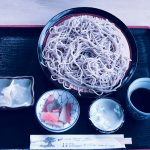


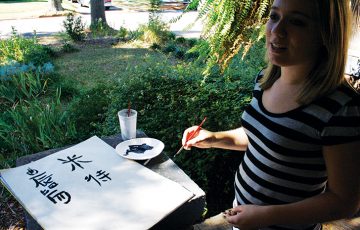
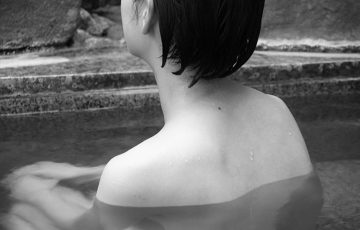

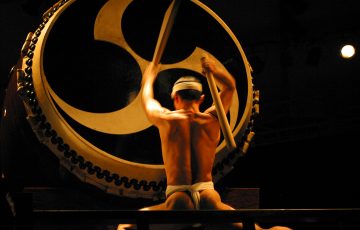
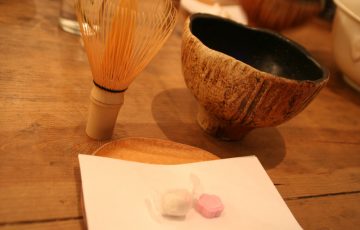

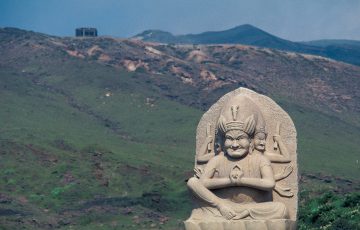


Recent Comments